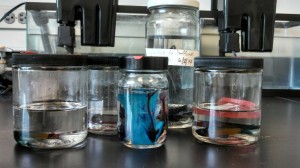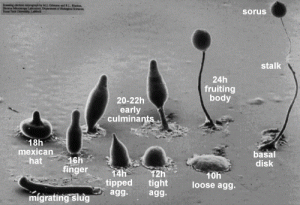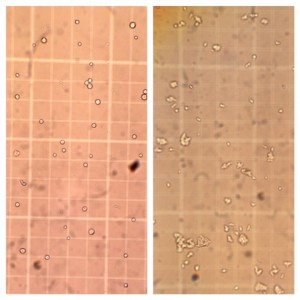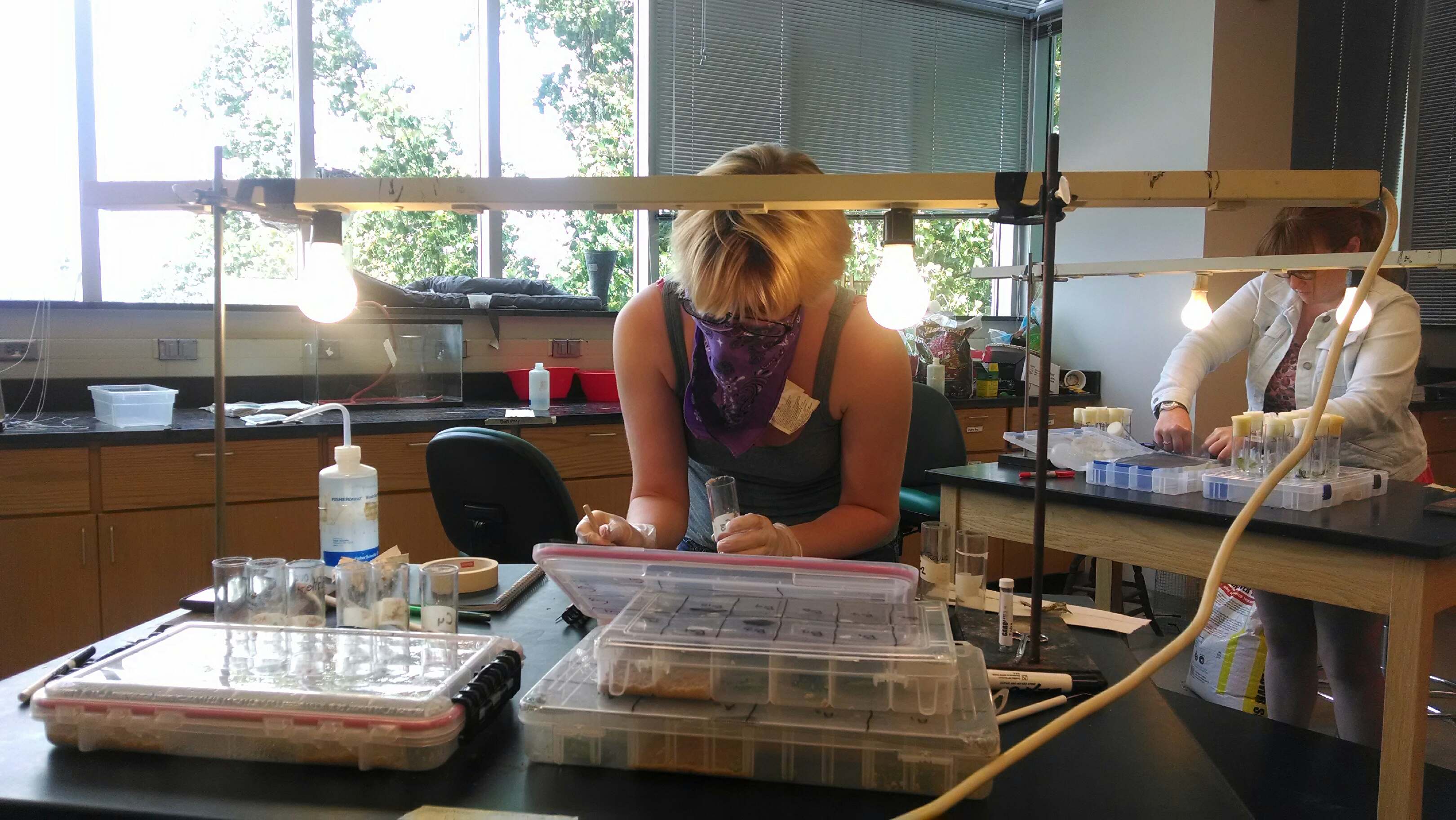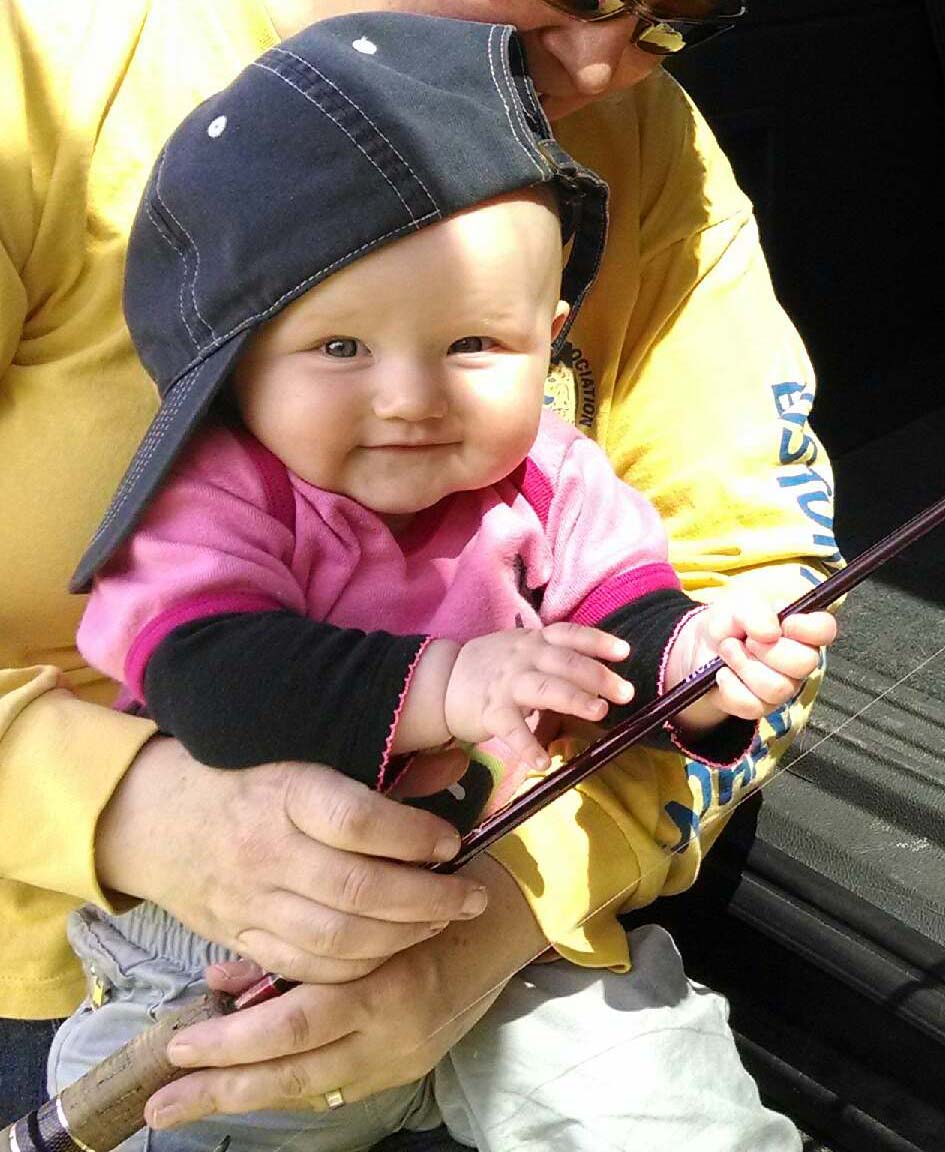Ever since I was a young undergraduate researcher at a small liberal arts college (SLAC), I knew that I wanted to work at a similar institution. Along the way, I have collaborated with some of the top scientists in my field, at large research-focused universities where a single researcher can get lost in a slew of graduate students and post-docs. Now that I’ve finished my first year teaching at McDaniel and I’m mentoring several undergraduate researchers, I know that I made the right choice.
Some of you might wonder “What’s so great about undergrad research?” Many PI’s (principal investigators; heads of research labs) prefer to have an army of researchers that are already trained to do the work on that lab’s specific project. Here are just some of the advantages of working with undergrads at McDaniel College.
Undergrad Enthusiasm
I am so impressed with the vigor with which my students dive into their projects. My style of mentoring is in line with the old adage “Give someone a fish, they eat for a day; teach someone to fish, they will eat for a lifetime.” I try to give my students the tools that they need to ask and answer their own questions. First I introduce them to a set of questions in line with my research program for which I think the student can yield some answers. I provide each student with some peer-reviewed literature to help them understand where their question “fits” into the broader picture and show them the techniques available to them in the Staab Lab.
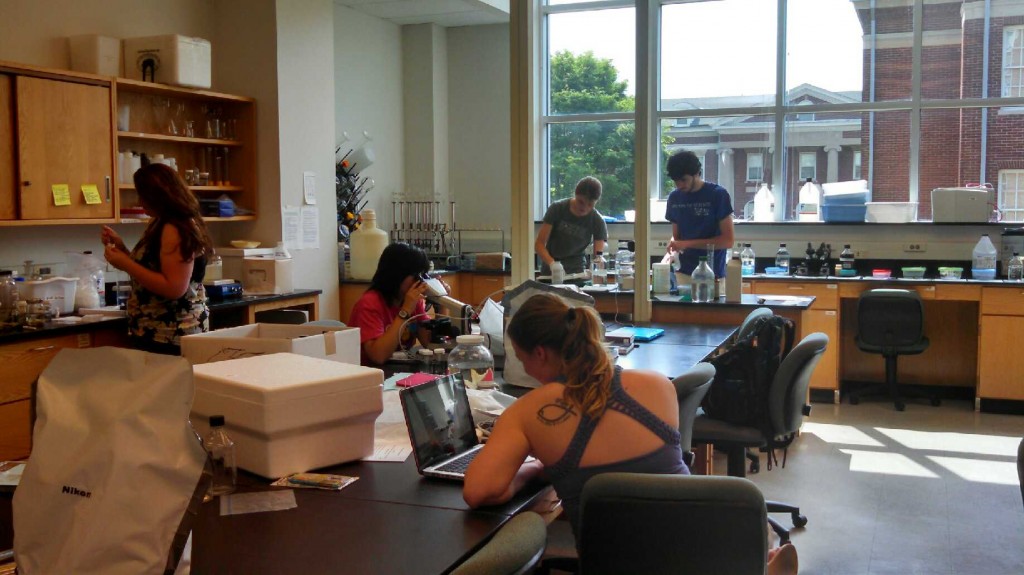
Katelyn McCabe processing larval fish specimens; Paola Villegas examining slides that she stained yesterday; Rachel Statler optimizing high speed videos; Sophia Fricke and Nick Azat preparing solutions for a histological stain.
Once they have these resources, the sky is the limit! The research this summer has truly been student driven, while I am in the background providing support (materials, advice on methods, training in scientific communication, etc.). Indeed, many of the techniques that are occurring in the lab this summer were brought to me by curious students, rather than my forcing methods on them. More importantly, the students are thinking deeply about their projects, asking spin-off questions, and chasing after those answers. It is thrilling to mentor them through this process.
Resourcefulness and sense of community at a SLAC
When an experiment requires expensive equipment or materials, we question the purchase more carefully than someone at a Research 1 university. In fact, many techniques can be modified so that we can bypass expensive purchases This resourcefulness helps us gain a deeper understanding of the protocols and the functionality of the equipment.
For example, in the Staab lab, we process tissue for histological techniques. Tissue processors are machines that automatically transfer a piece of tissue from one solution to the next, without you having to think much about the process. These machines cost about $50,000. But we can manually transfer the tissue into each solution, and if we understand why we are using each solution, we can better monitor how the temperature, timing, and chemistry of the solution are affecting the tissue.
Not only that, but there is a sense of collegiality and sharing among the research labs.
Here is another more simple example of resourcefulness (and a request!): specimen jars can cost hundreds of dollars from scientific supply stores, but why not save those empty pickle/pasta sauce/olive jars for our pickled fishes? It’s true what they say about one person’s trash…
Honing my own scientific skills
Let’s be honest, some of that undergrad enthusiasm leads to big dreams of projects that could fill three Ph.D dissertations. It’s my job to reel in the students and help them realize how to completely answer one question before moving on to the next one. It is tempting for all of us to jump to the next shiny project (SQUIRREL!) but it is important to complete each part of the puzzle before building upon it.
The human element
My reasons for getting into science are likely much different than those at a large research university and as such, my responsibilities differ here at McDaniel. Rather than focusing on grant proposals and a high output of data, I am more concerned that my students obtain a rich learning experience that will prepare them for a lifetime of answering questions. Little might they know, they are providing me with a similarly rich learning experience.

